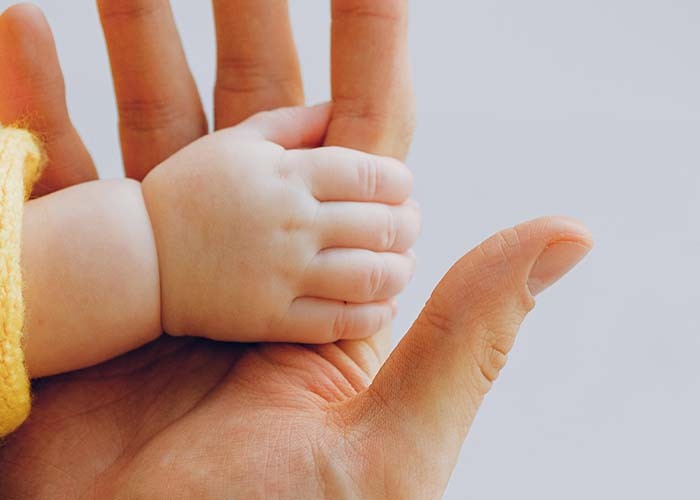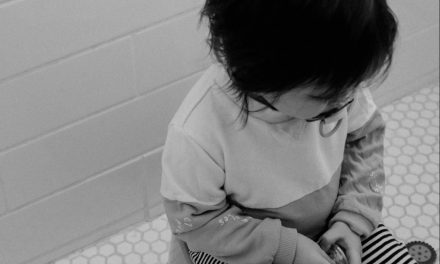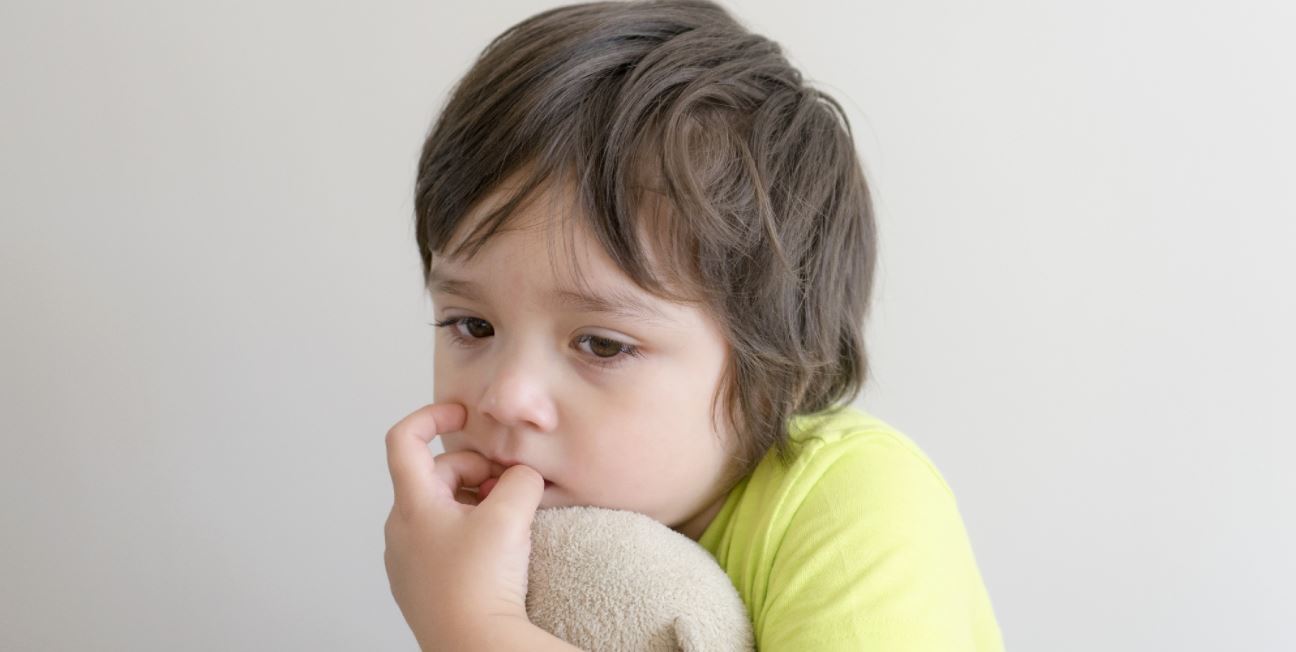Anemia in babies is a common problem these days. It is a medical condition when a person has less hemoglobin than the body requires. The maternal iron resources begin to deplete after six weeks of birth, leading to physiological anemia in infants. This article will guide you through the types and causes of anemia in babies, followed by the necessary steps for their treatment.
What Causes Anemia In Newborns?
There are numerous reasons causing anemia in infants. Specific problems give rise to diverse types of anemia. Depending upon their severity, they may be classified as standard or rare. Few of these are as follows :
-
Due To Premature Delivery:
Infants receive the iron content in reserve from their mother through the placenta, at a maximum after 34 weeks by age. The lifespan of RBCs in a preterm infant is very short when compared to that of a full-term baby. It is why premature babies have acute iron in their bodies, making them prone to anemia.
-
Due To Iron Deficiency:
The most common reason is the absence of iron, an essential nutrient, causing Iron deficiency anemia. Without sufficient iron, the bone marrow does not produce enough hemoglobin for RBCs.
-
Due To Vitamin Deficiency:
The imbalance of some vital nutrients like folic acid and Vitamin B12 in the body is another cause. Higher levels of B12 restrict the body from absorbing vitamins. It is better known as Pernicious anemia.
-
Increased Breakdown Of RBCs:
It is due to excessive damaging of RBCs, faster than the bone marrow could compensate for it. This type is known as Hemolytic anemia. These are further classified on the basis of their origin.
-
Due To Infections:
There are instances when the body does not produce enough RBCs due to infections, contact with toxic materials, certain medications, or autoimmune diseases. It is known as Aplastic anemia and is rare in nature.
-
Sickle Cell anemia:
This is a type of Hemolytic anemia in which bone marrow forms a defective form of hemoglobin. It forces the RBCs to acquire a curved shape, becoming sticky and rigid. Due to this, blood vessels get clogged and restrict the free flow of oxygen in the body, leading to further complications.
-
Thalassemias:
Sometimes, the baby inherits certain blood disorders from the parent, resulting in abnormal haemoglobin in the bone marrow. It limits the RBC count, causing poor hemoglobin levels in the body.
-
Due To Excessive Loss Of Blood:
When the infant remains admitted to the Neonatal Intensive Care Unit (NICU), there might be a need to conduct frequent blood tests. It can become one of the reasons for iron deficiency in kids. Other reasons can be bleeding in children or menstruation at later ages.
Common Signs & Symptoms
Many babies with anemia show no symptoms. It takes a few days to several weeks when these signs first become visible. Symptoms that may appear include:
- Pale skin
- Fatigue
- Hands and feet are usually freezing
- Slow growth and development
- A lack of appetite
- Unusually fast breathing
- Problems with behavior
- Infections occurring frequently
- Cravings for non-nutritive substances such as ice, dirt, paint, or starch
- Blue-tinged eyes or have pale whites
- Brittle nails
How To Diagnose Anemia?
If you notice any of the symptoms mentioned above and feel your child may have a risk of anemia, consult your pediatrician. Your healthcare provider will perform a blood test to diagnose anemia. Measuring the following parameters can aid in the identification of anemia:
Hemoglobin: It is a protein found in red blood cells that transports oxygen.
Hematocrit: The proportion of blood made up of red blood cells.
Reticulocytes: These are the proportion of immature red blood cells in the blood. This is a count of the number of new cells formed.
Prevention & Treatment
Parents are always concerned about their child’s health. In most cases, bringing the necessary changes in your child’s diet can fix anemia. Several kids don’t even require any medications to cure it. Here is the step-by-step procedure to treat anemia in babies.
-
Treat The Cause:
After the reason and type of anemia gets diagnosed, consult your pediatrician and begin the medication. They will work on the cause of the problem and get it rectified.
-
Care During Pregnancy:
Consuming a balanced diet rich in iron and other nutrients is advisory during pregnancy. If you breastfeed your child, you may take iron supplements if required. Consult your physician before starting any medications to avoid the chance of complications in the future.
You might also like to check out “healthy pregnancy tips for to-be-parents.“
-
Preterm Delivery Care:
Premature infants are at the highest risk of being anemic. For the same reason, you can begin providing them iron supplements after six weeks of birth.
-
Diet Regulation After 6 Months Of Age:
Once your toddler is six months of age, you should start feeding them foods rich in iron and other nutrients like vitamin B12 and Folic Acid. It will help regulate RBC count in the body and prevent them from becoming anemic. A detailed list of food items suggested for anemic kids is covered in the next pointer.
Recommended Diet For Kids With Anemia
The best way to treat anemia in babies is to regulate their nutritional intake. You can ensure this through providing them with a balanced portion of essential nutrients. Below are a few tips to help you in the same.
- Once your kid turns 6 months old, you should include green vegetables (spinach, kale, etc.), juices of fresh fruits, raisins, soybean, eggs, lentils, iron-fortified baby cereal, pureed meats, and pureed beans in their diet.
- You may begin feeding chicken, fish, beans, and spinach to your child after 12 months of age.
- Other food items rich in iron and other nutrients include: apricots, turkey, fish, and other meats, dried beans, liver, molasses, oatmeal, peanut butter, prune juice, etc.
-
Limit Their Milk Intake:
Allow your child no more than 24 ounces (710 milliliters) of milk per day between the ages of 1 and 5.
-
Food Items Rich In Vitamin C

Vitamin C helps to absorb iron in the body. Include citrus foods in your child’s diet to enhance their hemoglobin levels.
Vitamin C aids in the absorption of iron from food. You can aid your child’s iron absorption by providing Vitamin C-rich foods such as citrus fruits (Oranges, Grapes and lemons), strawberries, bell pepper, tomatoes, and dark green vegetables.
Other Ways Of Treating Anemia In Babies
At times, diet is not sufficient to treat anemia in kids, depending upon its severity. In such cases, you should consult your pediatrician and follow the suitable treatment for your child.
- Premature babies or those having any critical illness may require a blood transfusion to boost their body’s RBC count.
- The physician shall provide suitable medications to other babies, helping their bodies stimulate the production of Red Blood Cells.
- Monitor all the feedings and nutritive intake of the child for a better projection.
Key Takeaways
The use of blood tests to diagnose iron deficiency and iron deficiency anemia is a general practice. It is advised for all infants to undergo tests between the ages of 9 and 12 months and again at a later age if they have risk factors for iron deficiency. Your pediatrician may recommend an oral iron supplement, a daily multivitamin, or additional testing, depending on the screening results. Iron deficiency in kids is avoidable; it simply requires little effort. Serve iron-rich foods at meals and snacks to your child, and keep in touch with your doctor to maintain track of their growth and development.






